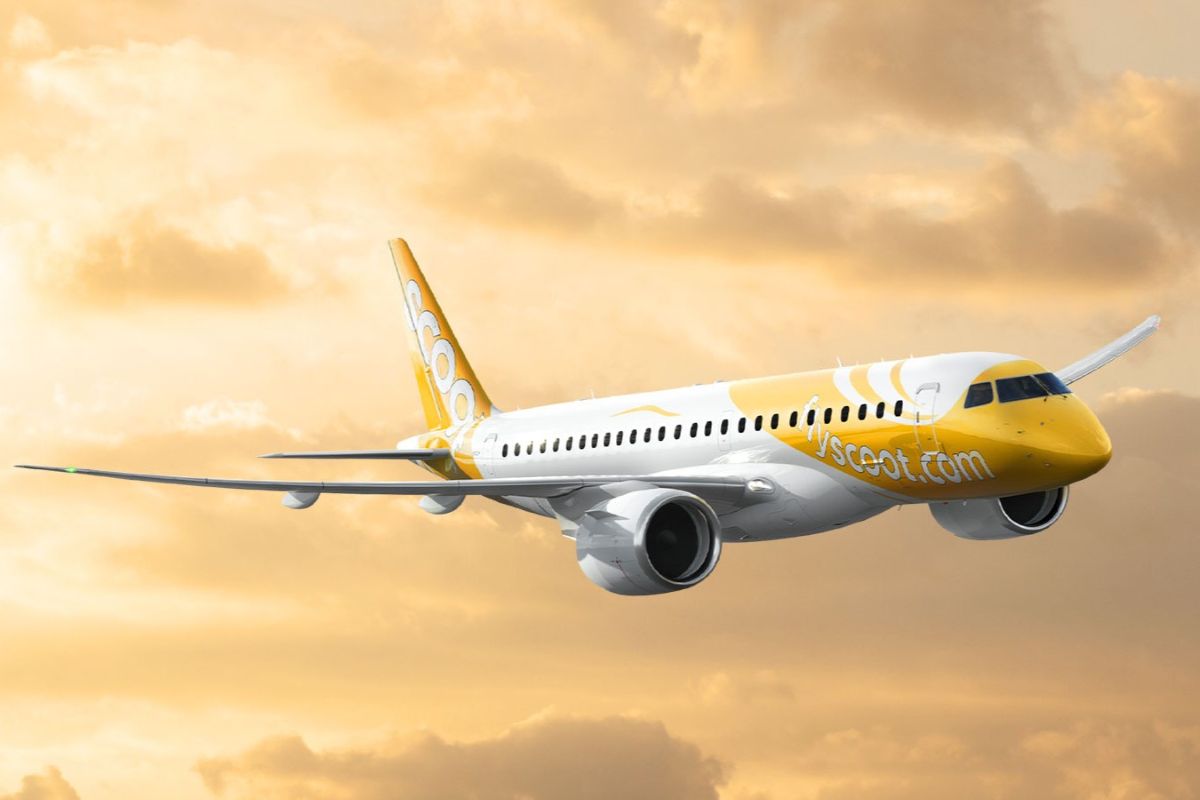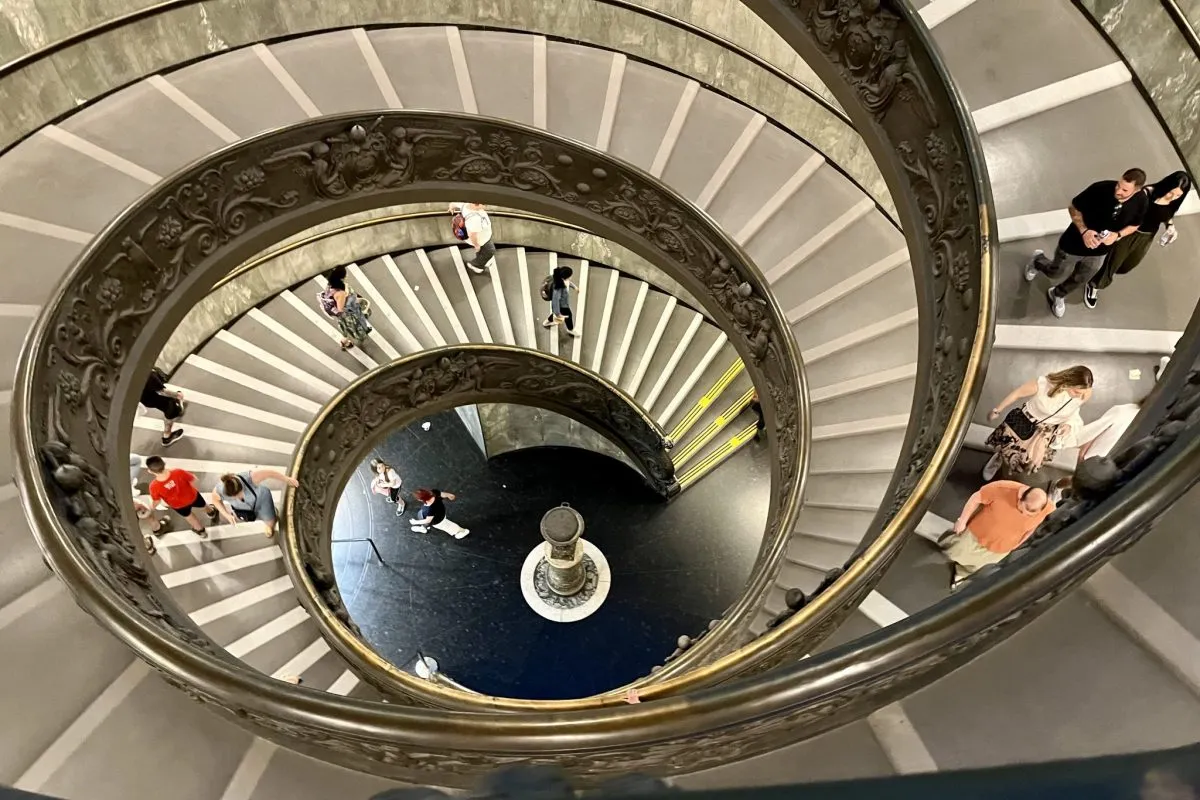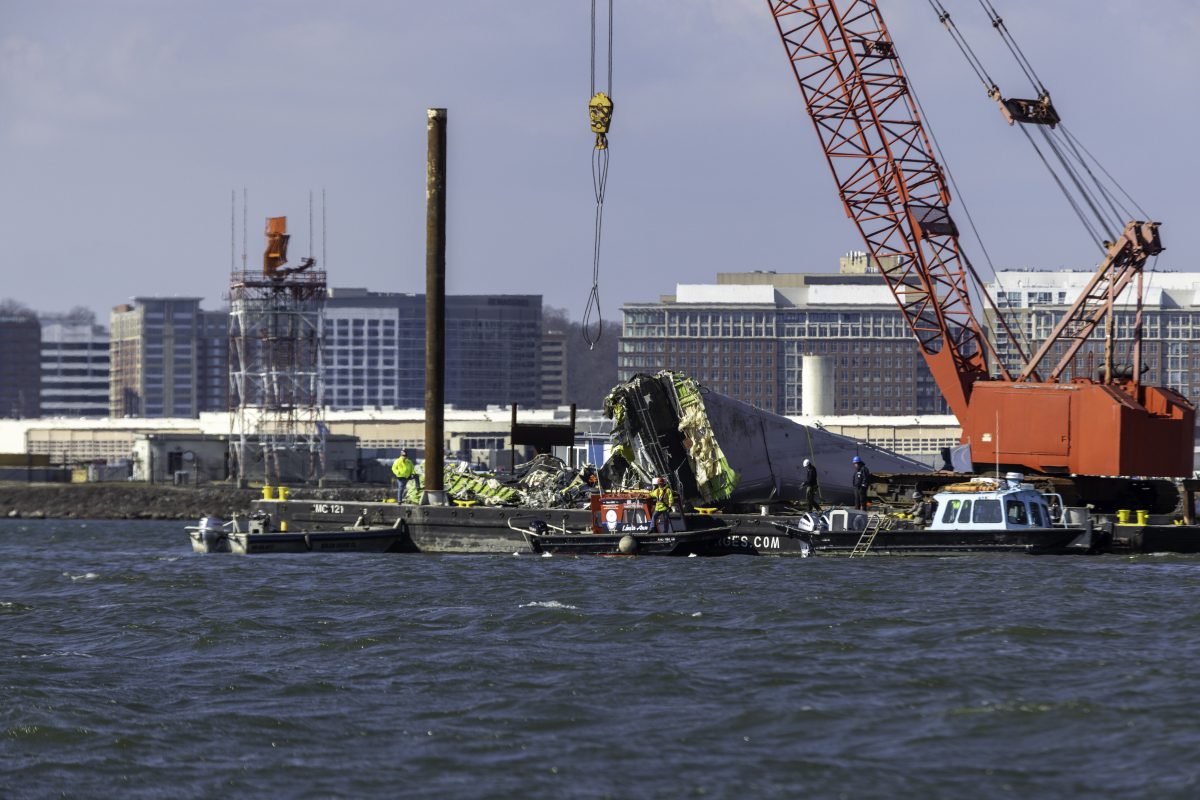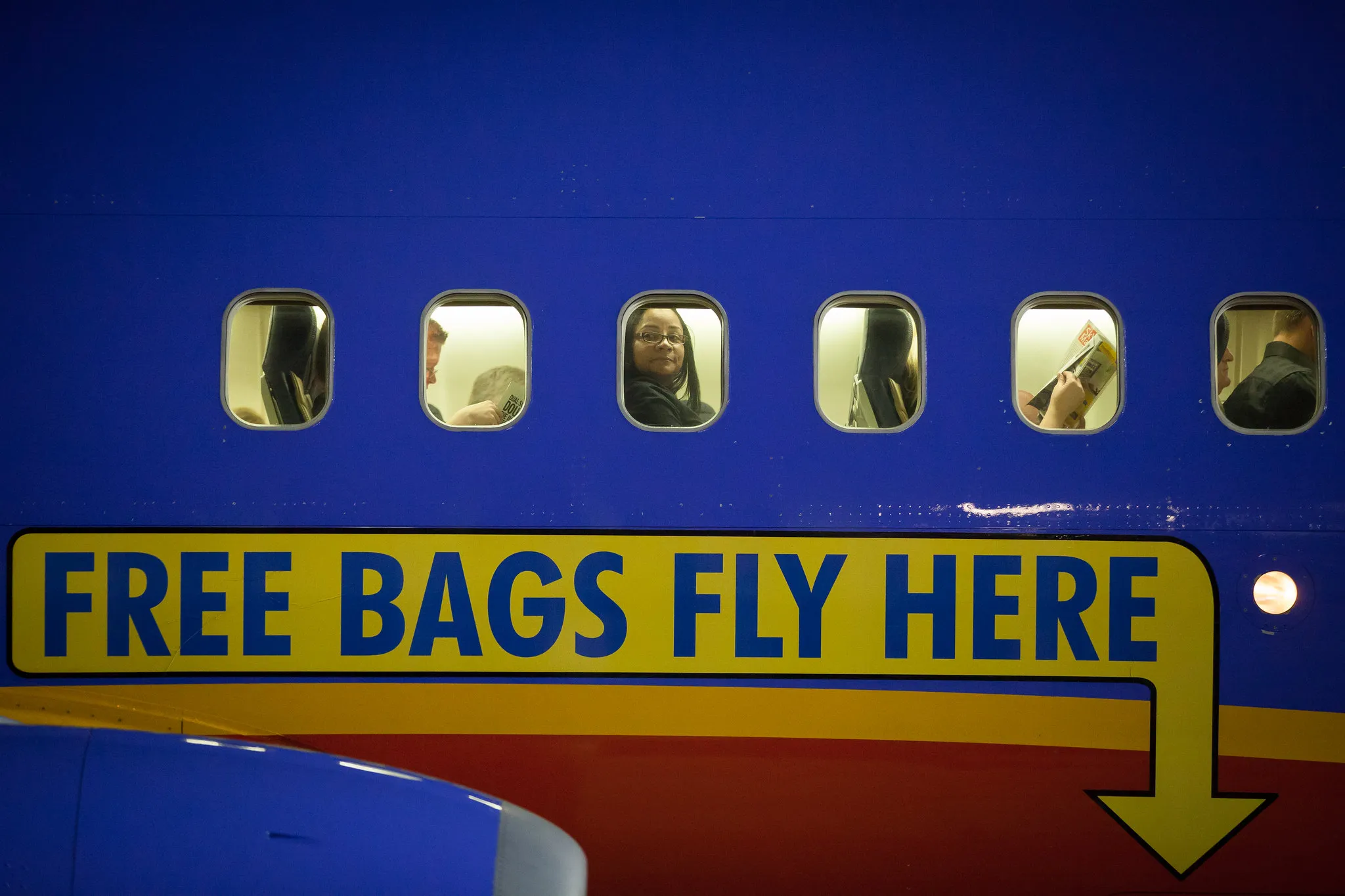The Wharf Turns Washington Into a Waterfront City
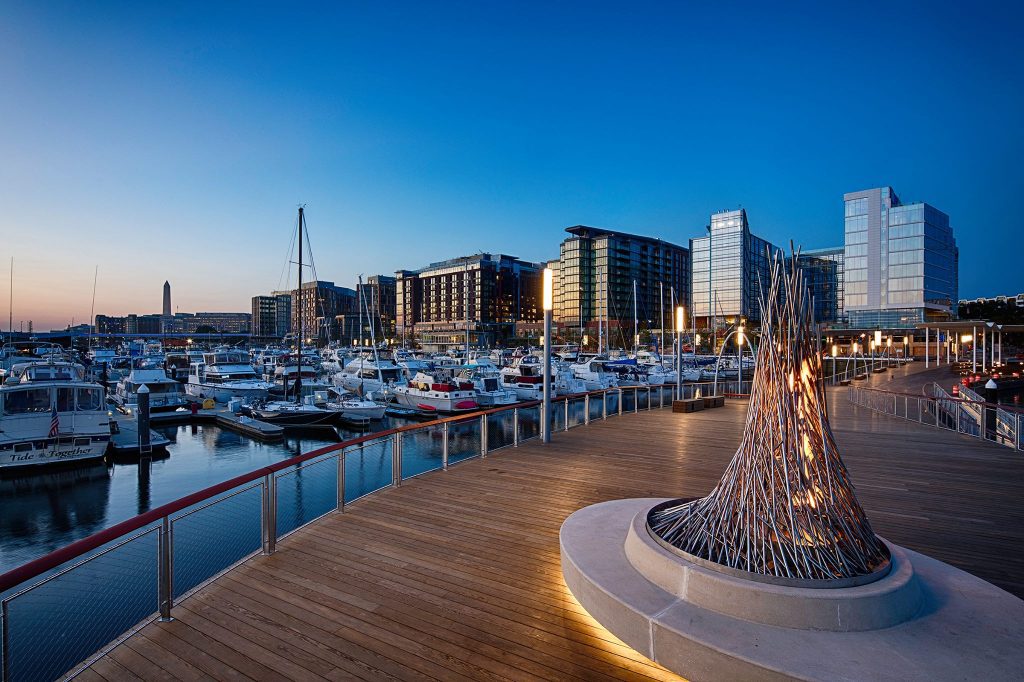
Skift Take
Washington, D.C. is sporting a new tourism destination that is allowing travelers to get off the National Mall and a world away from politics. But The Wharf doesn't only serve to transport visitors (including locals) to new reaches of the city. It also may become a role model for 21st century tourism developments.
The Wharf, which opened last month, is turning Washington, D.C. as a waterfront city. Yes, a river runs through it, but in the past, most of D.C.'s waterfront areas were undeveloped and somewhat seedy. But a new $2.5 billion mixed-use development including hotels, entertainment venues, restaurants, retail, residential and office space is what many in the city's political, tourism and business communities are calling a game-changer.
Phase 1 opened on October 12. Together with Phase 2, to be finished by the end of 2021, The Wharf will comprise 24 acres of land, 50 acres of water, marinas, piers and waterfront parks, scores of restaurant and retail outlets, and at least four hotels (the InterContinental, Hyatt House and Canopy by Hilton are open as part of Phase 1).
The Wharf is being developed by Hoffman-Madison Waterfront, a partnership of PN Hoffman and Madison Marquette. PN Hoffman is one of Washington’s premier developers of urban residential and mixed-use neighborhood transformation projects, while Madison Marquette is a private investment and operating company focused on mixed-use developments throughout the U.S. The land on which the project stands is owned by the District of Columbia, but leased by Hoffman-Madison Waterfront under a 99-year lease.
The mile-long area along the Potomac River is transforming a previously-neglected D.C. neighborhood into a tourism hub. But just as importantly, it may serve as a model for other mixed-used developments going forward.
Shawn Seaman is the aptly-named project director who has been there since the beginning of the development. A principal and executive vice president at PN Hoffman, Seaman notes that in its request for proposal, the city emphasized that the redevelopment spur job creation, with 50 percent of all jobs set aside for DC residents, and provide affordable housing. Improving the quality of the environment was another key demand in the RFP, which was issued and awarded in 2006.
The approach of the master planners at Hoffman-Madison Waterfront was to understand how the water side of the equation was going to work before erecting buildings, according to Seaman. "We looked at certain world cities that do a good job of being connected to the water," he says, noting that Nordic ports like Copenhagen, Denmark and the Aker Brygge district in Oslo, Norway were key inspirations. The planners also drew inspiration from Cape Town, South Africa, Vancouver's Granville Island and Pike Place Market in Seattle.
Given the generic and sterile nature of so many mixed-used developments, Monty Hoffman, founder and chief executive officer of PN Hoffman, aimed for something completely different. “We wanted a waterfront that is not a typical 'lifestyle' center. In fact, The Wharf is a bit messy,” he says. "Messiness" was achieved by having different architects designing the buildings (albeit under a master architectural plan). As a result, instead of a cookie-cutter look, The Wharf sports a mix of shapes, building materials and unique design. Then there's woonerf, a Dutch concept of using the street as a shared social space for pedestrians, cyclists, dog-walkers and others. Seaman points out that having a mix of users descending upon the same space for different purposes creates a dynamic environment "resulting in a street theater that lacks when everything is perfectly polished."
Getting Around
While there are ample parking spaces, public transportation is a major component of the development. The facility is within easy walking access of the DC Metro, although there is also a free shuttle bus that goes to one of the nearby stations (and to the National Mall). There are bike rental facilities and 1,750 bike parking spaces. There are marinas which can house everything from houseboats to multi-million dollar yachts. There is a free water jitney that takes outdoor types from the Recreation Pier across to East Potomac Park, where they can play golf or tennis, go for a run, or ride a bike. But the highlight of The Wharf’s transportation system is a regional water taxi run by Entertainment Cruises that connects the Potomac waterfront from Old Town Alexandria to Georgetown (and, by next spring, National Harbor). The high-speed 150-passenger boats, inspired by European ferries, are GPS-tracked, so awaiting passengers can know exactly arrival times. The water taxis are designed not only to accommodate tourists, but also locals commuting downtown from the neighborhoods it serves (an annual pass costs $175).
Keeping It Real
Everything in travel these days is about keeping it local and authentic. And The Wharf is both. The first port of entry is DC's iconic Municipal Fish Market, which has continuously been in operation since 1805. The re-imagined market includes long-time tenants, along with a restoration of the historic oyster shed, a new distillery and a market hall inspired by San Francisco's Ferry Building. The fish market is open now; the rest of the work will be done by next summer.
The bulk of restaurants and retail at The Wharf have local roots. Chefs who are already established in the community—like Top Chef contestants Mike Isabella and Kwame Onwuachi – have opened eateries, and local entertainment impresario Seth Hurwitz runs The Anthem, a 6,000-seat concert venue designed by David Rockwell. Retail follows the same pattern, with nary a national chain store to be found. The highlight of the retail tenant list is Politics and Prose, a DC institution that opened its second bookstore here.
According to Eleanor Holmes Norton, D.C.’s non-voting representative in Congress, “We’ve added a new destination to the District of Columbia. We have transformed a neighborhood, giving tourists new areas to visit This is so important because we are a tourist economy.” Amer Hammour, chairman of Madison Marquette, says, “All around us the whole area is changing. There will be new museums nearby—the International Spy Museum (which is moving from another location) and the Museum of the Bible. Plus, a new soccer stadium is being built. The Wharf made it all possible.”
But it’s not just about tourism. The Wharf will provide 6000 permanent jobs and a million-dollar job workforce training program. Up to 30 percent of the apartment units will be set aside for affordable housing. And, according to Seaman, the city will garner an estimated $50 million in annual tax revenue. Most importantly he says, "We built a real neighborhood, which makes The Wharf a more interesting and authentic place to be because real people live and work there."

